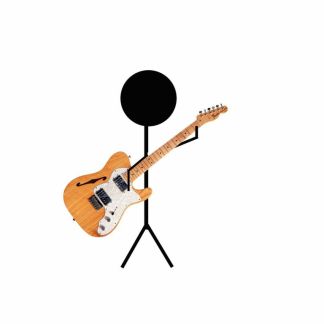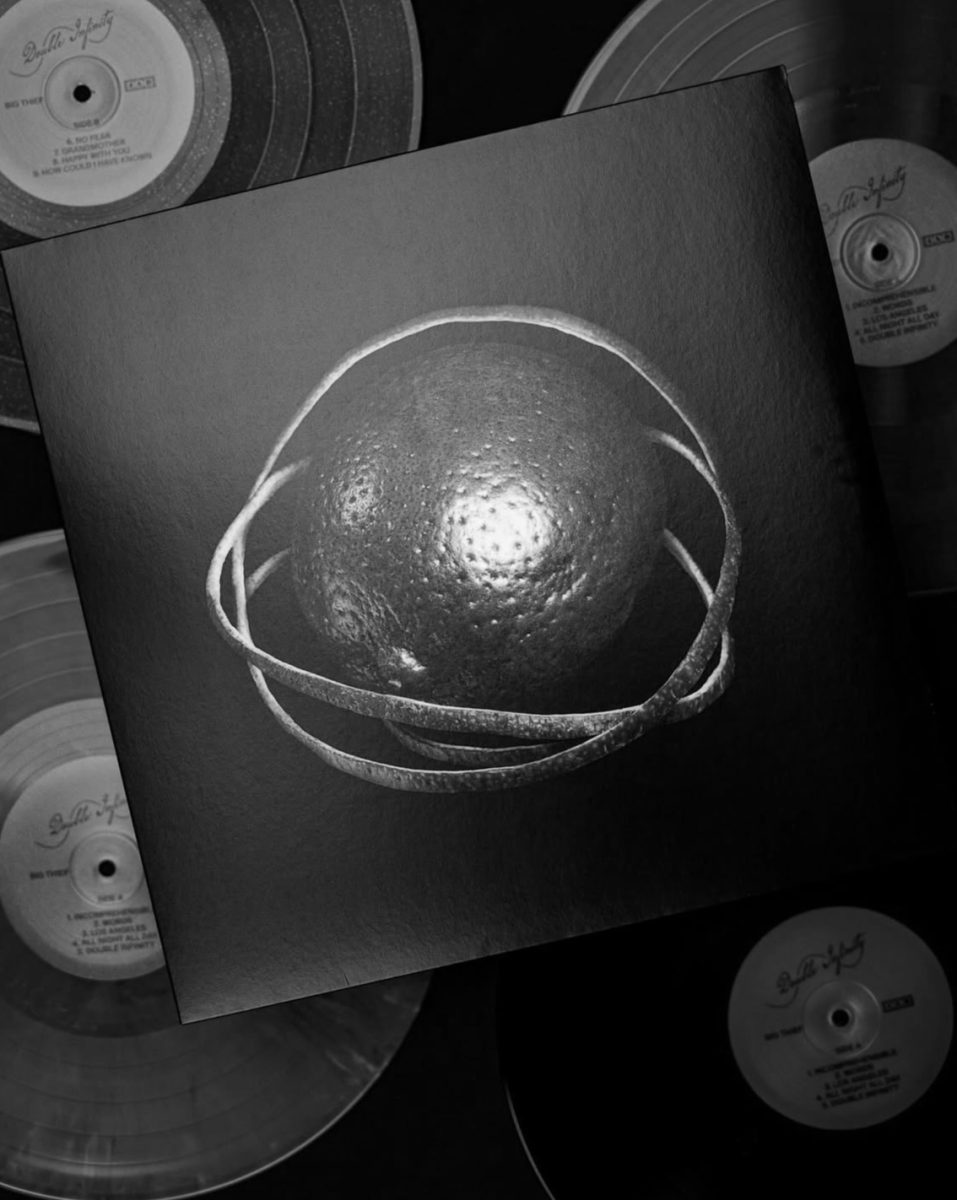By DEVON SHERIDAN
ARTS & Entertainment EDiTOR

Since its inception in 1950, the Fender Telecaster has accomplished both omnipresence and particularity. An easy way to describe its rock heritage is by employing the hackneyed rhetoric of rock royalty. Rock n’ roll buffs love to talk about rock n’ roll like it’s a paramount narrative history. And if articulated with the right combination of zeal, accuracy and badassery, rock history can indeed provide a great insight into 20th century social conditions: the advent of new technology and, most importantly, music’s sine qua non relationship with the human experience.
So it might be a small cop out to explain the history of the Telecaster like it is part of some divine narrative. But, oh well, the analogy works anyways. The Telecaster is the king who has the original title to the throne. It is the rightful owner of royal lineage. The body design of the Telecaster was Leo Fender’s first design to be produced for the masses: a plank of wood, a single, quartered and rounded pick guard and two pickups. It was undeniably simple and immediately classic. Its genesis is like the creation story in chapter one of the Bible when God creates Adam, then creates another human, and the next thing you know humans are everywhere, being loud and causing disruptions everywhere they go.
To help elucidate the borderlinecontradictory beginning sentence of my ode to the Tele, take a look at the picture above. If you listen to rock music, any rock music at all, then that guitar looks familiar. The Telecaster is truly particular to one genre of music: rock n’ roll (including, of course, rock’s plentiful sub-genres).
A proper account of the Telecaster would be harrowingly incomplete without the inclusion of the name Keith Richards. The Rolling Stones guitarist’s Telecaster bore the riffs of sheer sexuality, fervor and ingenuity that only could be produced by a man of Richards’ brass. He tuned his guitar in the uncanny open G, dismissed the low E string from his Telecaster and, in doing so, dismissed any chance of sticking to the norms. He blazed rocky trails with his ax in his hands. In many ways, Richards is the epitome of Telecaster rock n’ roll, but then again, you do not need to like the Stones to appreciate the guitar itself.
Anyone with a Pops who listens to Bruce Springsteen has seen and heard the Telecaster. It is the guitar slung over Bruce’s shoulder on the cover of Born to Run and Wrecking Ball (Springsteen’s iconic Telecaster is actually an Esquire–same bodybut differentiated by a single pickup ,as opposed to the Telecaster’s two pickups).
Ever go through a punk rock phase? Well, then, your angsty ears certainly have greeted the crunchy melodies of Joe Strummer’s beaten up Telecaster. He used the same one his entire life, a frequently repainted but always beaten up production line Telecaster, complete with a sticker above the pickups that read “Ignore Alien Orders.”
Ever got the blues, or just a hankering for soulful sounds and listened to Muddy Waters and Otis Redding? That’s the Telecaster sound. Ever listened to The Beatles’ album Let It Be? George Harrison recorded his tracks on a rosewood Telecaster for the band’s final album. Vampire Weekend, the darlings of indie rock, used a Telecaster on its second album Contra. Eddie Vedder’s custom black Telecaster is an icon of grunge rock. Jimmy Page, Eric Clapton and Jonny Greenwood all have played Telecasters during their music careers.
The guitar is omnipresent, but the unifying theme here is the Telecaster’s singular goal: to be played at an amplified volume, turned up to ten.







































































































































































































ask • Jul 19, 2015 at 12:47 am
Thank you, I’ve recently been looking for info approximately this subject for a
long time and yours is the greatest I’ve came upon so far.
However, what in regards to the bottom line? Are you positive in regards to the supply?